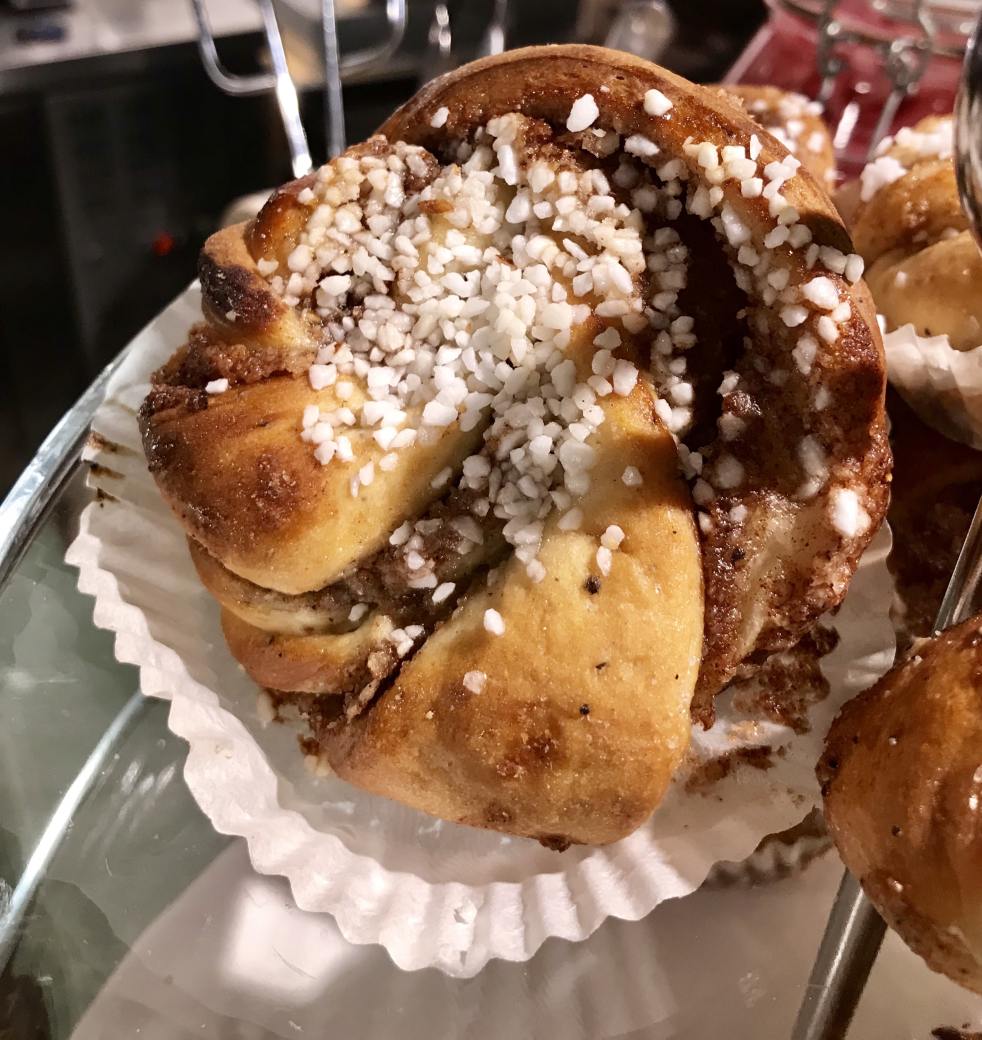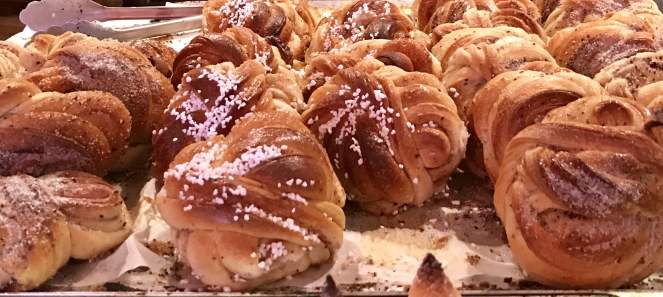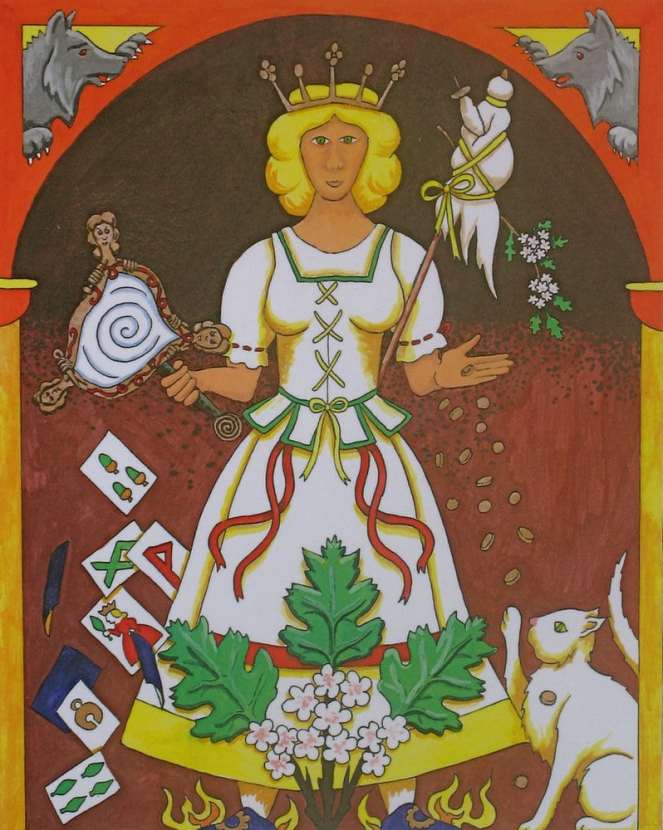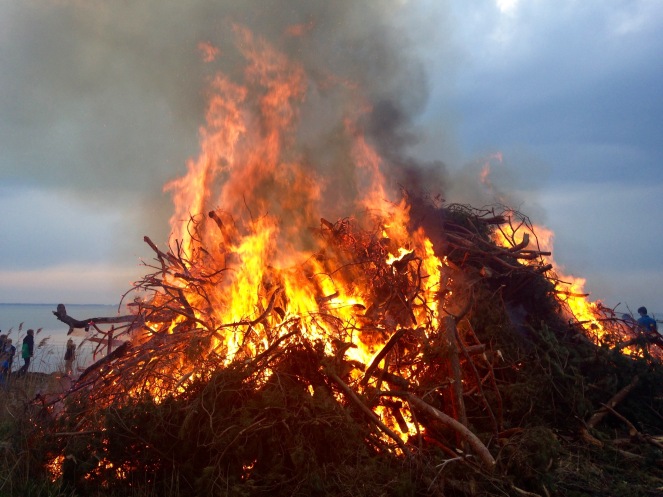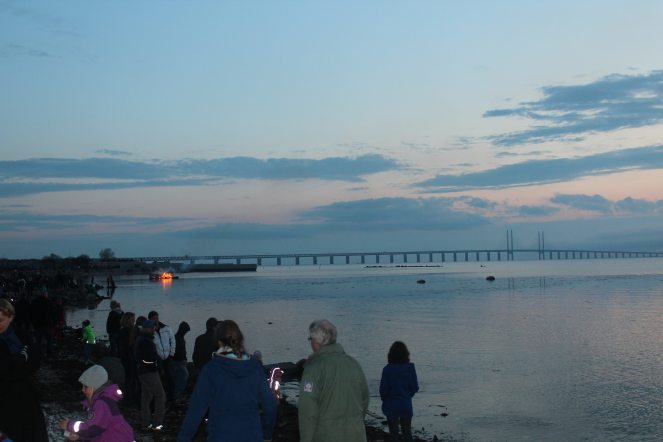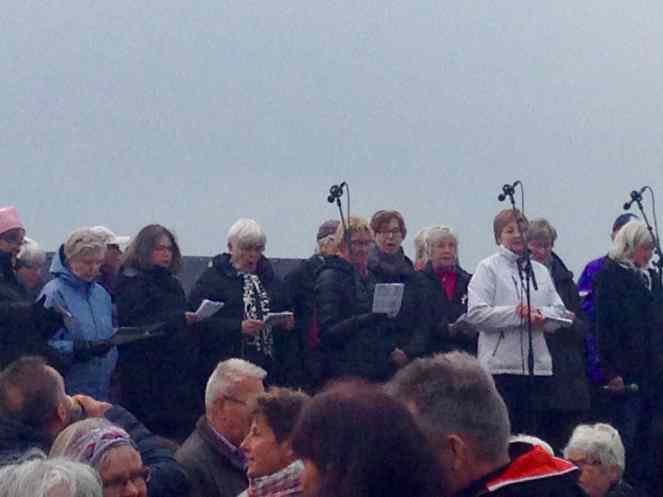
AUTUMN IN SWEDEN | HUNTING FOR BLACK GOLD
Sweden in the autumn is a beautiful site. The land is painted with a palette of orange, red and yellow palette trees, blustery clouds, and blue skies. Along the incredible Bohuslän coast of Sweden it is hummer season. I know, giggle, giggle, but hummer means lobster in Swedish, so get your mind out of the gutter.
And hummer season in this part of Sweden means one thing – Sweden’s unusual delicacy, Black Gold.


While crayfish festivals mark the summer in Sweden, autumn means lobster. The official start date of lobster season in Sweden is the first Monday after September 20th. The last day of the season is April 30th. After the close of lobster season, lobsters may not be fished or held in any form.
Lobsters found along the Swedish coast are known as Black Gold due to their black color in the wild.


Last autumn we went in search of fresh lobster only to realize we had ventured out on a national holiday and everything was closed. So on a crisp autumn day this year, and after a bit of calendrical research, we headed to Göteborg in search of fresh Black Gold, hummers, lobster.
GÖTEBORG | THE BOHUSLAN ARCHIPELAGO
For the residents of the Bohuslän coast of Sweden, the start of lobster season is a celebration of the same magnitude as Midsummer, Walpurgisnacht or Christmas. The opening day of lobster season is the main event of autumn along the Swedish west coast stretching from Göteborg all the way to Finland. This a very big deal! The locals are so serious about lobster that in 1996 they established the Swedish Lobster Academy in Hunnebostrand. The academy promotes knowledge about lobsters’ living conditions, distribution, movement patterns, and reproduction. Members focus on sustainability and they collaborate with fishermen to address issues such as trapping and farming opportunities. The academy promotes quality assurance of lobster with respect to size, breed, and appearance.
To give some perspective, remember that people have been fishing this coast since the Stone Age. Fishing has been a source of livelihood for generations. The sea and seafood have a culture all its own and each September the area transforms into a huge seafood party. On the first day of the season, both professional fishermen, as well as locals, head out to the docks long before the 7:00 a.m. start time. Coveted spots are held well in advance. The piers are bustling as everyone readies and waits. At 7 am the water is full. Time to pan for Swedish Black Gold.
If watching from the docks isn’t enough for you and you want to experience lobster trapping up close and personal, you can go on a lobster safari. All along the coast there are numerous outfits offering a true day at sea complete with baiting the lobster traps, hauling the traps and pots around the boat and of course, eating your catch at the end of the day paired with a special release of lobster beer from the Grebbestadsbryggeri brewery.
We opted to explore the archipelago of Göteborg thinking we would wander and stumble upon a lobster restaurant when the mood struck and our stomachs demanded it. As cars are not allowed on most of the islands, travel to, from and about the archipelago is by ferry.
The Göteborg archipelago is a captivating blend of charming fishing villages with Swedish red clapboard houses and granite islands with individual island forests jutting out of the green grey waters. The landscape is stark and lush at the same time. With this topography, it is no wonder that the area is rife with legends of mermen, adopted sea boys, sea witches, and blind sea captains. I was suddenly inspired to write stories and film movies there. The majority of the islands are uninhabited, but occasionally one can spy a lone house on an island. Cold wind, grey skies, granite mounds, the caw of seagulls, lonely clapboard houses, only one way on and off the islands and talk of Black Gold! Murder mysteries were running through my head.
We landed on the island of Styrsö and began our exploration the old fashioned way – walking.
Styrsö appeared to be a summer resort island and we were well past summer. Styrsö is touted as having 1,400 inhabitants, although we only saw about 10 people total, and half of those were tourists like us. The landscape varies from desolate and rocky in the west to wooded and lush in the north near the old church. I read that long ago the island housed a large oak forest. Alas, the forest was cut down to make way for the summer homes of wealthy Göteborgers in the 19th century.
Despite the off-season isolation, hints of the charming village it must be in the summer months were everywhere. Large summer homes, wooded trails winding through town and down to secluded beaches. Even my son, who is usually in his own world, noted how nice the island seemed.
While Styrsö is a lovely little island, we wanted fresh lobster and none was to be found on this deserted island. I was getting hangry. Time for Plan B. We headed back to the dock to catch the ferry to Göteborg. We needed to find a restaurant.
In addition to the stark, Nordic beauty, the Bohuslän coast, and Göteborg specifically, is famous for serving the best shellfish and seafood in Europe. There are countless seafood restaurants to choose from. Göteborg’s most famous chef is Ulf Wagner of the Michelin-starred Sjömagasinet which many Swedes will tell you serves the best fish in all of Sweden.
In an interview with Travel and Leisure, Chef Wagner explained why the Bohuslän seafood is so special.
“The water in northern Europe is colder, so the fish and shellfish grow less quickly, and therefore develop a richer flavor and better texture,’ he said. Wagner explained that the timing of the lobster season is based on protection of the species—making sure it is able to reproduce before being caught—and the time of year when it tastes the best.”
Since one needs a reservation at Sjömagasinet months in advance, and we were all very hungry at this point, we chose a more affordable and immediately available mid-ranged restaurant. We gorged ourselves on grilled lobster, baked lobster and lobster rolls. It was fresh. It was delicious. It was worth the wait.






